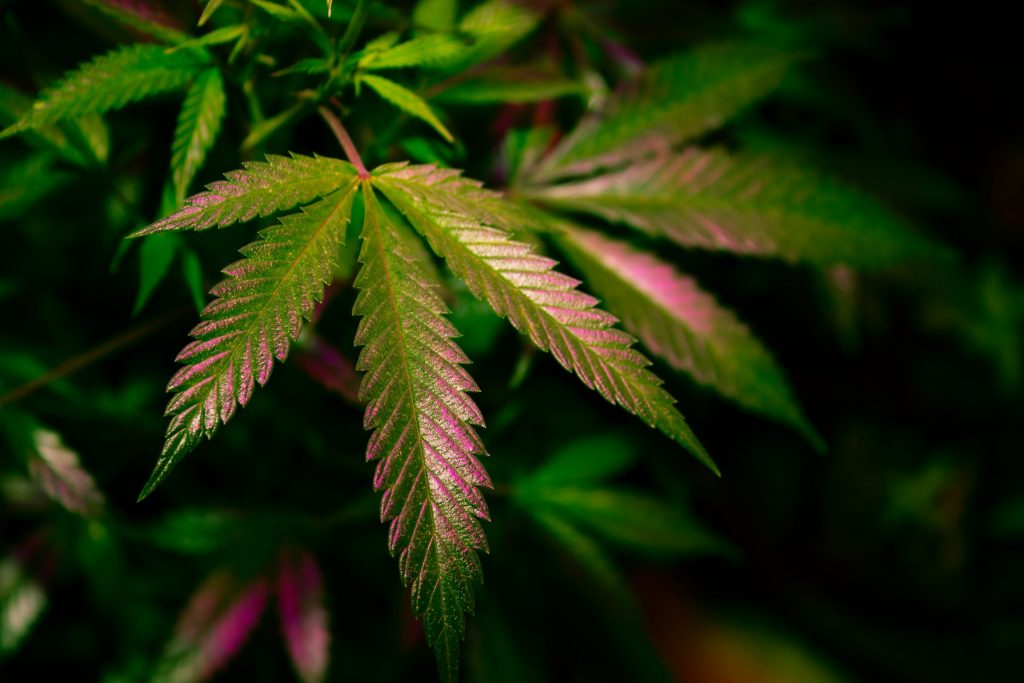When addressing the microbiome of cannabis, the immediate attention is directed towards the major fungal plant pathogens. From an economic standpoint, Botrytis cinerea (Gray rot), Erysiphe species complex (‘Powdery Mildew’- (PM)) and Fusarium spp. are the prominent three pathogens affecting yield, quality, safety, and the derived financial consequences.
Golovinomyces (Erysiphe Spp.) cichoracearum, the causal agent(s) of powdery mildew is the predominant pathogen affecting indoor production. Two pathways currently exist for limiting the extent of fungal invasion:
1. Various yet uncharacterized plant immune pathways originating from ‘hemp-type’ cannabis
2. Recessively inherited loss-of-function alleles of Mildew Locus O (Mlo) genes confer a prominent type of effective powdery mildew resistance. Application of both requires extensive breeding for trait introgression.
Botrytis is currently the most widespread pathogen of Cannabis worldwide, damaging flowering buds and stalks, causing gray mold and capable of producing two major phytotoxins: the sesquiterpene botrydial and the polyketide botcinic acid that pose a risk for human consumption.
Despite growing research in recent years, still, no effective management measure exists against B. cinerea or other cannabis-associated molds due to their genomic plasticity and development of drug resistance.
Fusarium sp. (mainly F. oxysporum and F. solani ) are soil fungal pathogens with devastating effects on contaminated production facilities and no clear genetic sources of resistance. One of the suggested methods for maintaining healthy plants is to enrich the plant microbiome for beneficial microorganisms.
Soil microbes play a major role in plant ecology by providing a variety of benefits such as nitrogen fixation, production of growth stimulants, improved water retention, and suppression of root diseases. Microbial composition in soil depends on complex interactions between the soil type, root zone location, and plant species. Rhizosphere microbiota are highly dynamic, and the composition of bacterial communities can fluctuate in response to seasonal and diel temperature changes, water content, pH, CO2 concentration, and O2 levels.
Publications (e.g., see here and here) in recent years have demonstrated that bacterial communities that colonize the root system (endorhiza) show significant cultivar-specificity and support plant growth and suppress plant diseases by providing phytohormones, small molecules or enzymes involved in regulating growth and metabolism.



